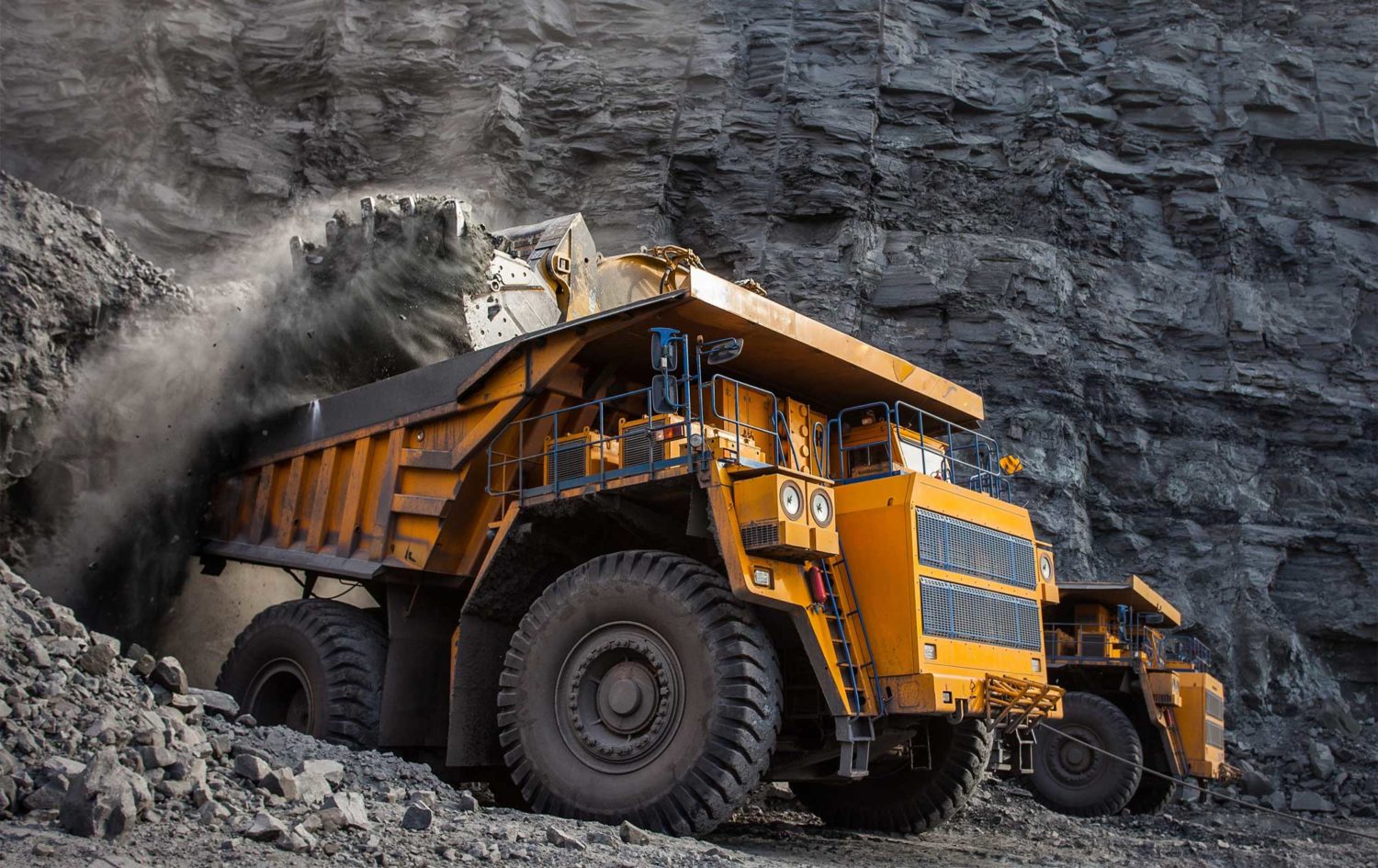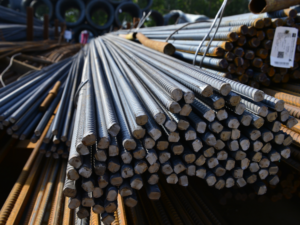Rio Tinto said Feb. 16 its Canadian iron ore venture has joined German steel group SHS-Stahl-Holding-Saar and engineering group Paul Wurth to explore production of low-emissions hot briquetted iron (HBI) using iron ore pellets and green hydrogen.
A feasibility study into potential industrial scale low-carbon iron production in Canada is scheduled for completion in late 2021, with an investment decision on a hydrogen-based direct reduction iron (DRI) plant at industrial scale expected to follow. The outcome may lead to additional demand for DR pellets, which is already in tight supply as new DRI plants start up in North Africa.
Iron Ore Company of Canada (IOC) will supply high-grade iron ores and expertise in mining, processing and pelletizing, Rio Tinto said in a statement on the low-carbon steel feedstock tie-up. Rio Tinto owns 58.7% of IOC, with Mitsubishi Corp. and Labrador Iron Ore Royalty Corp. holding the rest.
“Canada provides access to cost competitive hydro-electricity, and proximity to key markets in Europe and North America,” Rio Tinto said. “Transforming high-grade iron ore pellets into a low-carbon steel feedstock using green hydrogen, when processed in an electric arc furnace with carbon-free electricity, has the potential to reduce significantly the carbon emissions associated with steelmaking.”
Paul Wurth has process knowledge in the field of highly efficient hydrogen generation and Midrex direct reduction iron plants, while SHS group, which owns Dillinger and Saarstahl, brings deep iron and steel making expertise, according to the memorandum of understanding.
SHS and other steelmakers in Europe plan to use renewable energy and hydrogen to develop electric arc furnaces, to melt metallics and scrap, helping lower emissions from steelmaking using blast furnaces. A key consideration is renewable power availability and power prices, to help support green hydrogen production.
A lack of high-grade ferrous scrap availability by region may require HBI and pig iron to play a leading role in the planned green steel transition. High-grade steelmakers need to maintain feedstock quality to meet steel specifications, and ensure steel production and energy efficiency.
“Dillinger and Saarstahl adopted a future-focused strategy with the motto ‘proactive, carbon-free and efficient’. Within this strategy, we have defined various options for the transformation to carbon-neutral steel production,” SHS-Stahl-Holding Saar board director for technology, Martin Baues, said in the statement. “The use of hydrogen in steel production is a key factor in reducing carbon emissions. This partnership can further help us to reduce our carbon emissions on the basis of this technology, while gaining important experience in using hydrogen in steel production.”
Rio Tinto largest iron ore supplier
Rio Tinto was the world’s largest iron ore producer in 2020 and is seeking to develop higher value-added iron ore supplies to promote lower emissions at steel mills in China, the world’s biggest buyer, and elsewhere. The group earlier entered into low-carbon emissions steel development studies with China’s Baowu Steel, Tsinghua University and Japan’s largest steel producer, Nippon Steel Corp.
Rio Tinto’s share of IOC’s pellet shipments totaled 6 million mt in 2020, with 4.9 million mt in concentrate, up from 5.64 million mt of pellets and 4.5 million mt of concentrate in 2019. IOC pellets comprise blast furnace grade and higher-spec DR pellets with fewer impurities. Rio Tinto manages rail operations from Newfoundland and Labrador-based iron ore mining and processing to Sept Iles port in Quebec province.
Rio Tinto is committed to being part of the solution on climate change and supporting customers and other stakeholders in the steel value chain as the industry transitions to a low-carbon future, according to IOC president and CEO Clayton Walker.
Rio Tinto supplies Canadian iron ore as well as group Pilbara production and third-party iron ore into its port-based blending sales in China, with 5.5 million mt of port sales in 2020, including 1.8 million mt in Q4.
Larger iron ore pellet producers Vale and LKAB have plans to develop HBI. LKAB studying direct reduction of high grade iron ore fines, and already supplies fossil fuel-free DR pellet production from Malmberget using biofuel rather than fuel oil, for the HYBIT pilot DRI plant in Lulea. Vale is looking into HBI using the Midrex DRI process and through Tecnored, which uses biomass, syngas and hydrogen, signing a JV with Japan’s Mitsui & Co. and Kobe Steel.
Miner BHP, which is the largest coking coal producer, earlier this month signed a memorandum of understanding with Japan’s JFE Steel Corp. for the study of technologies and pathways toward low emissions from the integrated steelmaking process. BHP signed an accord in November with China Baowu to share knowledge and invest in low-emissions initiatives, and invested into molten oxide electrolysis technology developer Boston Metal.
— Hector Forster






